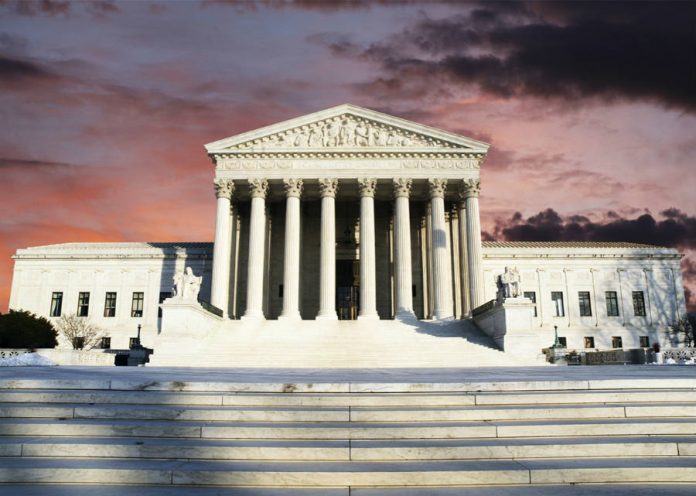
U.S. Supreme Court heard opening arguments from Apple Inc. (NASDAQ:AAPL) and Samsung Electronics Co. Ltd. (NASDAQ: SSNLF) on the first day of the case over infringed iPhone designs.
The judges showed little inclination to consider Samsung’s position as they expressed skepticism they could create a test to calculate damages based on pattern designs.
Samsung complained about the $548-million penalty the company paid Apple back in 2012 and hoped to get $342 million back. Four years ago, the jury found the Korean-based company had copied iPhone’s distinctive appearance with the Galaxy handsets.
The punishment counted violations of three Apple design patents: the overall appearance of its rectangular body with round corners and a bezel, and the sides, top, back, bottom of the handset, and the circular home button.
The lawsuit determined the damage by adding three days of sales profits of the Galaxy brand. Samsung believes this number is inadequate as no one considered the significance of a design trait or the costs and time it required to create.

How to value the damages of design patents in a smartphone?
While some justices signaled disposition to reduce the penalties, most of them puzzled over how, in practice, they could figure out the importance and uniqueness of a particular ornamental trait in a product to calculate the damages.
More so, they would have to create a reasonable chart to value each copyright. All the while, smartphones carry over 250,000 patented features.
The juries brought the example of the Volkswagen Beetle numerous times as an example of an iconic product that nonetheless has many other components inside it aside from its body shape.
Justice Elena Kegan suggested it might be difficult for a jury to decide damage penalties based on a theoretical copy of its form, even if that trait might be the main allure for customers.
Justice Kennedy argued a phone’s looks can impact its success
On the other side of the board, Justice Kagan argued that no one buys a product because of the way it looks, and noted that what makes a product distinctive might not cost very much.
Most of the technical debate revolved around how much of a phone’s profit derived from particular “article of manufacturing,” like the screen or the front of the device.
An “article of manufacturing” is a legal term, and Samsung bids the profits awarded should only come from one individual component rather than the entire device.
“Infringement of a patented cup-holder design could result in an award of the total profit on a car,” contested Samsung in its brief, although a cup-holder is an absurd comparison against a feature that could be the reason for a product’s success.
The Korean company points the copyright infringement does not count the hardware of the iPhone, though, so Apple does not deserve three days of profit of Samsung’s phones.
Source: Reuters










